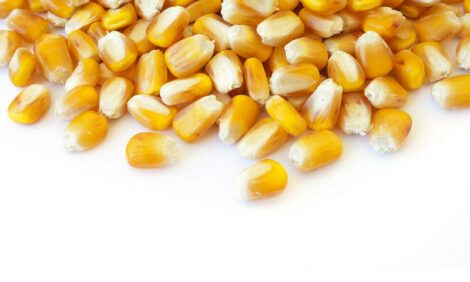



Pig Farm Practices Survey 2009 - England
The main points of the latest Defra survey of pig farms in England are summarised by Jackie Linden, editor of ThePigSite.The latest National Statistics from the Defra (The Department for the Environment, Food and Rural Affairs) Pig and Poultry Farm Practices Surveys are the result of a one-off specialist survey to assess how pig and poultry farming practices are affected by current agricultural and environmental issues.
The data are used in the calculations for the ammonia emissions inventory, according to Defra, and focus on housing and the storage and use of pig manure.
Housing
The latest survey – conducted in 2009 – revealed the growing popularity of outdoor, field-based systems for keeping dry sows, suckling sows and maiden gilts, such that between 41 and 45 per cent of holdings keep these breeding animals outdoors. More growers and finishers are kept in straw-based systems with a scraped passage than in 2006. Just three per cent of growing pigs and three per cent of finishers are kept outdoors.

The amounts of straw used for bedding were: straw-based system with a scraped passage, 1.95 tonnes; straw-based system with deep straw, 2.77 tonnes; and slurry-based system with a solid floor, 77kg.
With slurry systems and full slats, nearly all vacuum removal systems were operated once a week or less, while 16 per cent of systems using channel flushing were operated at least once a week.
The results were broadly similar for slurry systems with partially slatted floors: 87 per cent of vacuum removal systems were operated once a week or less, while 18 per cent of systems using channel flushing were operated at least once a week. Where scrapers were used, 20 per cent were utilised twice a day, and 21 per cent every one or two days.
Outdoor Pigs
The responses to the survey revealed typical stocking densities per hectare of 15 dry or suckling sows, 20 maiden gilts, 387 weaners and 44 growing pigs.
The most popular form of shelter was the arc (88 per cent of farms), with 21 per cent of holdings with tents and 10 per cent with cabins.
Of those holdings with outdoor pigs, 79 per cent used site rotation, and soil management practices included grading/levelling (57 per cent of holdings), sub-soiling (68 per cent) and ploughing (66 per cent).
According to Defra, the 17 per cent of outdoor sows have nose rings, and pigs spend an average of 17 months in a paddock before rotation.
Pig Production and Pyramids
This section of the survey were that the average number of pigs weaned per sow per year was 19.
Thirty-five per cent of holdings with pigs were part of a pig breeding pyramid, and between 11 and 20 farms is the most predominant number of farms at the breeding unit level of a pyramid, with 40 per cent of respondents at this level of a pyramid reported these numbers. For finishers, 41 per cent reported that there were more than 20 other farms within their pyramid at this level.
Farmyard Manure and Slurry Storage
Respondents to the survey estimated that 38 per cent of slurry capacity was in cellars, pits or channels under the buildings, while 30 per cent was in unlined lagoons, three per cent in lined lagoons and 18 per cent in circular, above-ground tanks.
Once removed from the building, 56 per cent of manure was stored in the open with no constructed base, 33 per cent in the open but on a concrete base, and 11 per cent was either spread or exported from the farm within one week.
The total capacity of slurry stores on holdings averaged seven months, little changed from the six-month period in 2007. The typical storage period of pig manure is eight months.
Application and Use of Farmyard Manure and Slurry
For solid manure, 83 per cent was spread on the farm, and 17 per cent was transferred to another farm. For slurry, the figures were 76 and 24 per cent, respectively.
Almost half (46 per cent) of holdings use contractors to spread manure or slurry, and the great majority relied on these companies to spread the waste. Typical application rates were 23 tonnes per hectare for manure, and 24 tonnes for slurry.
For slurry, 44 per cent was not incorporated into the soil but where this was carried out, nearly all was incorporated within one week of spreading. Almost 90 per cent of manure was incorporated, again mostly within one week of spreading.
Around 60 per cent of slurry and dirty water was spread by broadcasting. For slurry, most of the rest was band-pread, while the rest of the dirty water was band-spread or distributed by rain gun.
Further Reading
| - | You can view the full report by clicking here. |
May 2010








